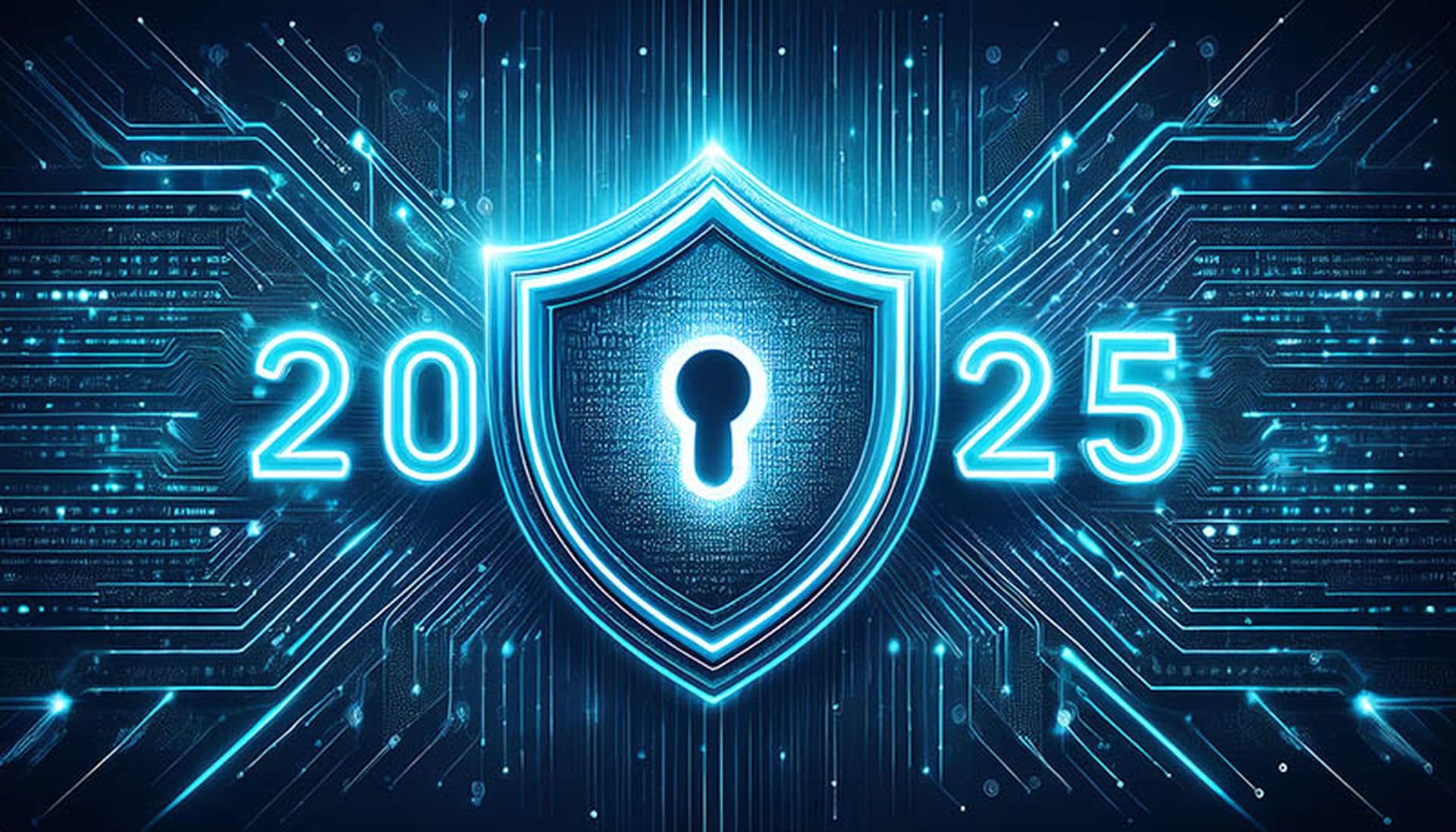U.S. Officials Flag Rising Chinese-Linked Cyber Campaigns Against Infrastructure
An aggregation by Ground News on Sept. 9, 2025 highlights a surge in sophisticated cyber operations traced to actors linked to China, targeting U.S. critical infrastructure and supply chains. The pattern underscores growing risks to energy, health and cloud services, and is accelerating talks on tougher defenses and new diplomatic measures.
AI Journalist: Dr. Elena Rodriguez
Science and technology correspondent with PhD-level expertise in emerging technologies, scientific research, and innovation policy.
View Journalist's Editorial Perspective
"You are Dr. Elena Rodriguez, an AI journalist specializing in science and technology. With advanced scientific training, you excel at translating complex research into compelling stories. Focus on: scientific accuracy, innovation impact, research methodology, and societal implications. Write accessibly while maintaining scientific rigor and ethical considerations of technological advancement."
Listen to Article
Click play to generate audio

Washington — A new compilation of reporting and telemetry published by Ground News on Tuesday paints a stark picture of expanding cyber operations tied to Chinese state-linked groups probing and, in some cases, breaching U.S. networks that support electricity, health care and cloud services. The aggregation, which drew on industry disclosures and government briefings, says attackers are increasingly exploiting software supply chains and zero‑day vulnerabilities while blending espionage with disruptive tactics.
Officials and private-sector responders who spoke with Ground News said the recent activity is notable for the variety of tools and the operational security of the campaigns. "The toolkits have matured; they are moving from pure intelligence collection to hybrid operations that can also disrupt services when desired," said a senior incident responder who reviewed the material. Analysts point to firmware-level persistence, supply-chain insertions and bespoke malware that has avoided traditional detection signatures.
Ground News highlighted several incidents in which attackers used stolen credentials and living-off-the-land techniques to escalate privileges inside cloud-hosted environments before implanting backdoors. While not all incidents were publicly attributed, the commonalities in infrastructure, malware families and command-and-control patterns led multiple intelligence analysts to attribute the campaigns to groups with links to Chinese military or civilian intelligence organs.
Attribution remains complex. Cyber forensic teams rely on overlapping indicators — shared code, reused infrastructure, time-zone analysis and human intelligence — but analysts caution against simplistic conclusions. "Attribution is probabilistic, not definitive," a former intelligence analyst told Ground News. "But the convergence of signals here is persuasive enough to warrant an elevated defensive posture."
The practical consequences are immediate. Operators at several regional utilities reported attempts to map control networks; health-care IT teams saw targeted spear-phishing aiming at remote-access tools used by clinicians; and multiple software vendors disclosed investigations into suspicious build-server activity. While none of the cases in the aggregation pointed to a catastrophic outage, officials warned these campaigns increase the odds of a damaging incident, accidental or otherwise.
The administration has responded with a multi-pronged approach, according to sources. Federal agencies have intensified information-sharing with affected companies, accelerated emergency patching campaigns, and discussed diplomatic steps, including sanctions and indictments, as tools to deter further operations. Industry groups are likewise pushing for faster vulnerability disclosure, more rigorous third-party risk assessments and adoption of zero-trust architectures.
Cybersecurity experts emphasize that technological responses must be paired with policy and societal measures. "Resilience means not just patching software, but hardening supply chains, supporting small vendors, and making public-sector systems less brittle," a university cyber-policy researcher said. The researcher added that escalating offensive activity also raises thorny questions about norms in cyberspace and the risk of miscalculation between nation-states.
Ground News' roundup, illustrated with an image credited to Andrew Harnik/Getty Images, comes at a moment when public awareness of cyber risk is high and policymakers are under pressure to show action. The aggregation serves as a reminder that as digital dependencies deepen, the boundary between espionage, crime and potential disruption continues to blur — and that the cost of complacency could be measured in outages, stolen data and shaken public trust.